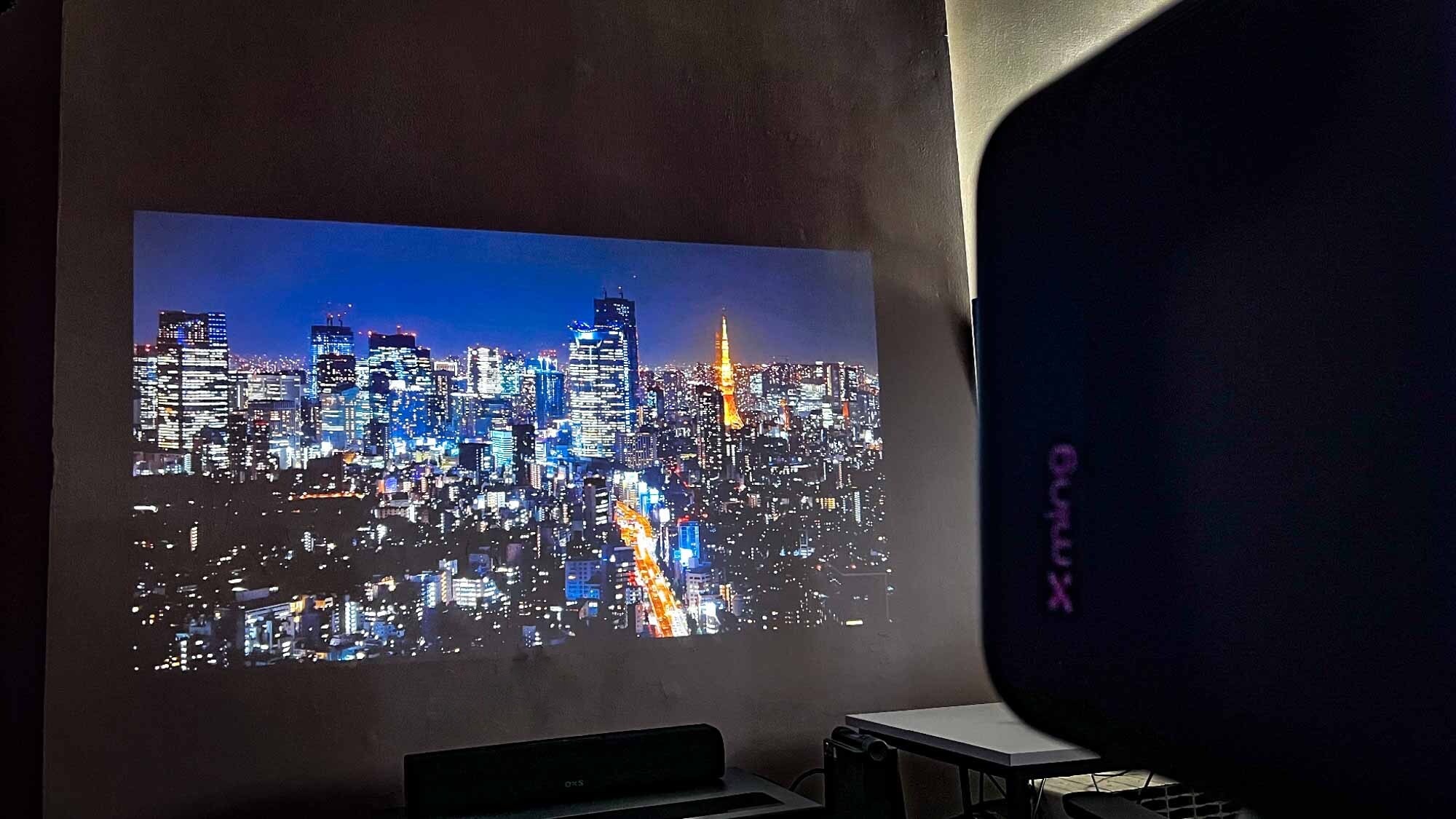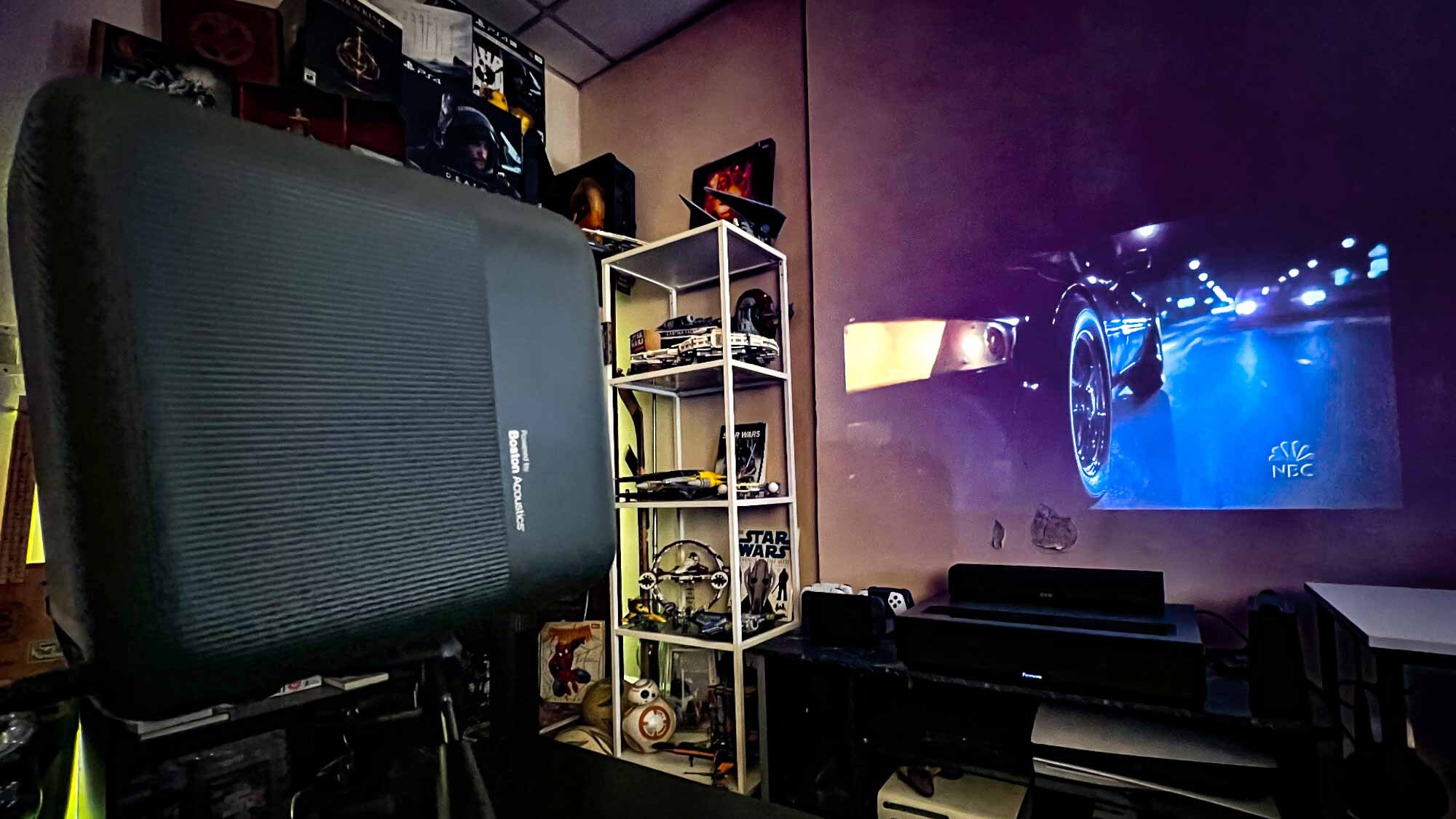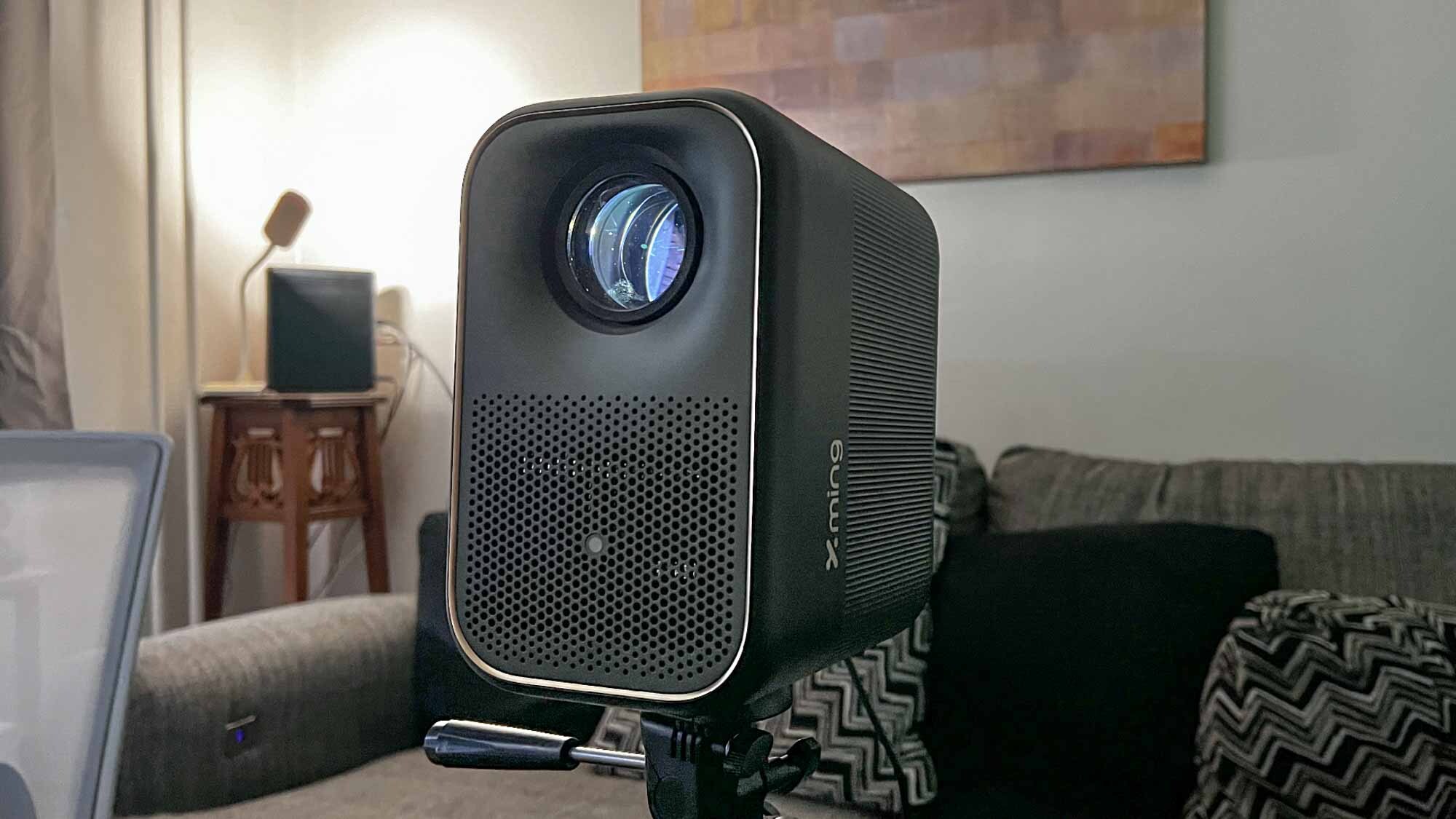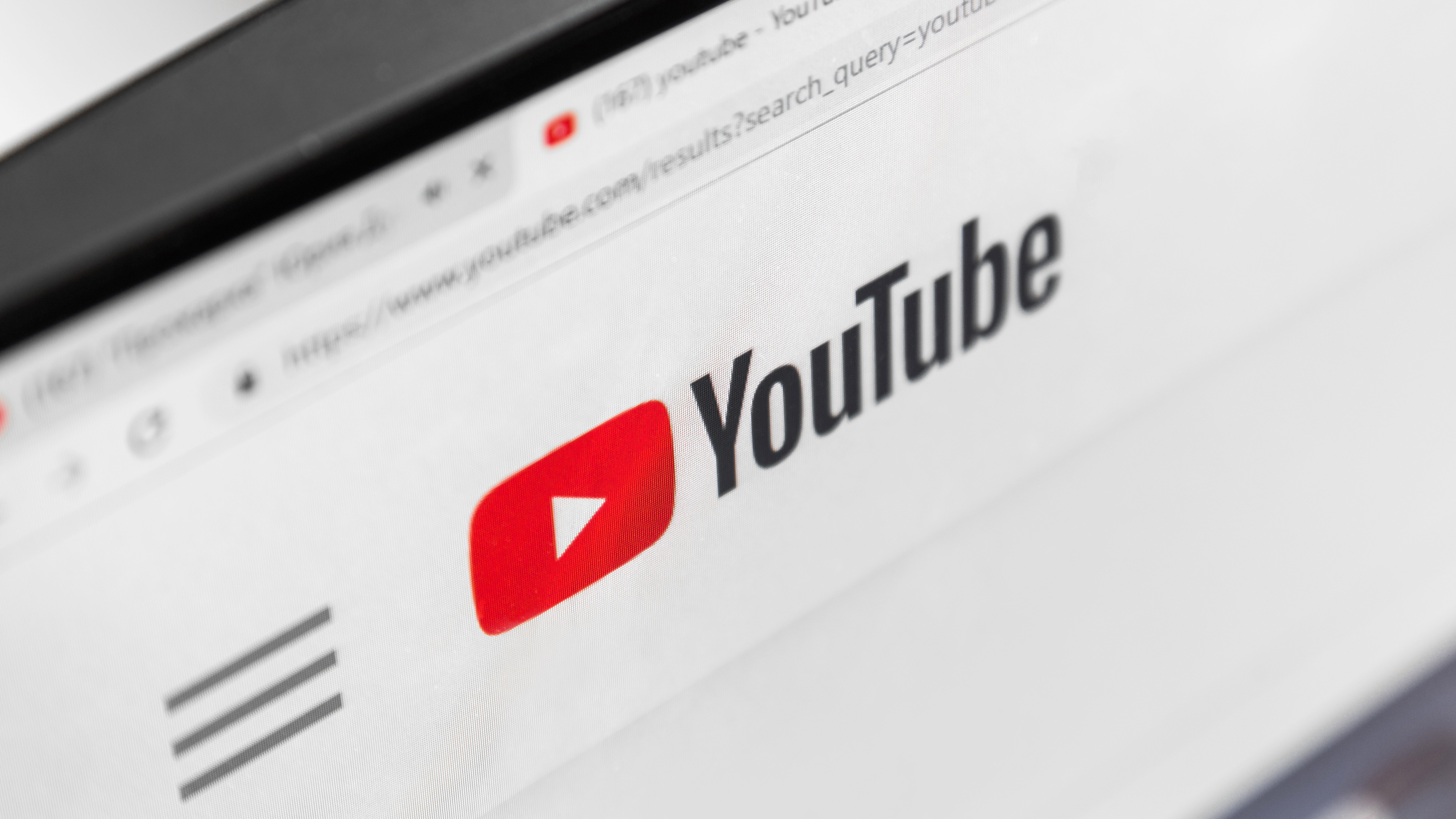
Conventional TVs are becoming ever-more affordable and tech-savvy. Although they might not be going anywhere anytime soon, the steady adoption of projectors can’t be left unstated.
One such option, developed by Formovie’s more budgetary line Xming, leverages both affordability and mobility in line with a suite of awesome features to potentially put projectors on the map.
Xming’s Page One is a compact, lightweight and budget long-throw projector that, despite its relatively lower price tag, doesn’t skimp out on its internals. Sporting a 1080p resolution and a screen size that can reach up to 120 inches allows the Page One some incredible legs over its conventional TV counterparts.
I've been using it in my office in lieu of a TV for the last few weeks and have come up with three definitive reasons why it's better than a traditional LED-LCD screen
This is a budget beamer with lots of light

One major issue with owning a projector against a TV is the obvious ambient lighting issue, in that the screen will most certainly be harder to see, especially when displaying darker tones and scenes while watching during the day.
The Page One could do with a bit of an improvement here, but its 2000:1 contrast ratio and 500 CVIA lumens are enough to make it quite a contender in the budget projector space. As its name might suggest, the Page One is a stepping stone, one that could be headed in the right direction should you decide to shell out for a dedicated home theater projector like the Epson Home Cinema 3800.
On paper, its 500 CVIA lumens might seem a bit too low, but Xming claims the Page One has 170% higher brightness over competitive projectors in the same price bracket. This just goes to show how much the Page One stands tall even against similarly-priced competitors.
Get instant access to breaking news, the hottest reviews, great deals and helpful tips.
It's as smart as any smart TV

Keen to many might be its Google TV integration as opposed to an Android 11 operating system, which doesn’t support Netflix. Unlike alternatives, like Formovie’s own $3,500 Theater ultra-short throw projector, the Page One has access to Netflix, as well as a multitude of other online streamers, so users won’t have to worry about losing out on content.
Setup is probably the swiftest and most awesome feature of the device, as it literally automatically adjusts to the surface in front of it. The Page One’s 16GB of multimedia storage and 2G of RAM, though seemingly unnecessary, make it stand out with incredible multi-tasking support and seamless access to a wide range of applications.
It may not be on par with the likes of Viewsonic's projector that's tailormade for the Xbox Series X, but the Page One still offers exceptional gaming performance even at 1080p.
As far as audio performance is concerned, its onboard speakers were made in conjunction with Boston Acoustics to ensure the sound quality was superb, high-end and rich for the most immersive audio experience, whether you’re gaming or catching up on YouTube videos.
You can't beat the price, either

At a $500 asking price, it’s also not too hard on the wallet. Currently, you can even pay upfront $1 for a $100 voucher on the product, allowing you to dip your toes into the world of projectors without breaking the bank.
Speaking of breaking the bank, with a conventional TV at 120-inch, you would be looking at quite a high price tag — the LG Signature 97" M3 series, for example costs $30,000. Admittedly, that's a pretty extreme example of the upper-limit of what TVs cost, but it goes to show that big-screen TVs aren't cheap by any stretch of the imagination.
It might not be able to beat the best OLED TVs in terms of performance, but stacked with a brilliant feature set, stunning picture quality, and an unbeatable price, the Xming Page One sets itself up as not just a major contender in the budget projector space but it competes with the larger TV space on the whole.
More from Tom's Guide
- Samsung’s new portable projector lets you game on a 100-inch screen without a console
- Forget OLED TVs — this 100-inch 4K projector is going to blow gamers away
- This 100-inch 4K laser projector makes me want to ditch my TV

Ryan Epps is a Staff Writer under the TV/AV section at Tom's Guide focusing on TVs and projectors. When not researching PHOLEDs and writing about the next major innovation in the projector space, he's consuming random anime from the 90's, playing Dark Souls 3 again, or reading yet another Haruki Murakami novel.
